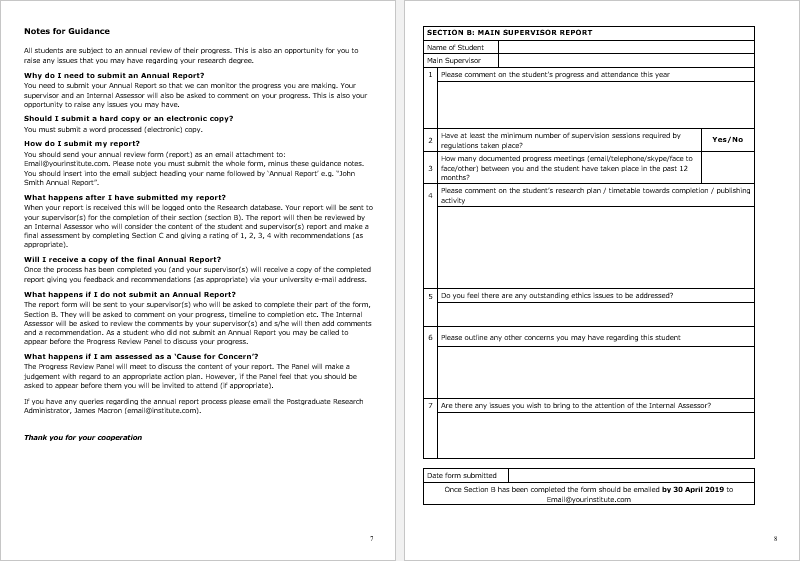

GPIB-RS485 PDF Manuals & Diagrams GPIB-RS485 PDF ManualsĪRCHIVED ENET 232 SERIES AND ENET 485 SERIES USER MANUAL FOR WINDOWS NT 4.0 AND SPECIFICATIONS.PDFĪRCHIVED G.S. Question: What is the fuse rating of the NI GPIB-RS485?Īnswer: The fuse rating of the NI GPIB-RS485 is quick acting 2.2 A 125 V, surface mount (service only).

Question: Which type of signaling does the GPIB RS485 have?Īnswer: The GPIB RS485 has 3-wire GPIB signaling and RS-232/RS-485 baud rates up to 115.2 kb/s. Question: Does the GPIB-RS485 have an onboard GPIB Analyzer?Īnswer: No, the GPIB-RS485 does not have an onboard GPIB Analyzer. Lastly, part number 779733-02 has a Swiss 220 VAC supported power input and a 24-Pin, Female GPIB (IEEE 488) front I/O connector. Part number 779733-12 has a Brazil 127/220 VAC supported power input and a 24-Pin, Female GPIB (IEEE 488), 9-Pin, Male D-SUB front I/O connector. Part number 779733-04 has a Universal Euro 240 VAC supported power input and a 24-Pin, Female GPIB (IEEE 488) front I/O connector. The next part number, 779733-01, has a United States 120 VAC supported power input and a 24-Pin, Female GPIB (IEEE 488) front I/O connector. Question: What are the differences between the five part numbers for the NI GPIB-RS485?Īnswer: The first part number for the NI GPIB-RS485 is 779733-11, which has a Taiwan 110 VAC supported power input and 24-pin, Female GPIB (IEEE 488), 9-Pin, Male D-SUB front I/O connectors. National Instruments GPIB-RS485 Frequently Asked Questions At 12 VDC, the National Instruments GPIB-RS485 consume 300 mA.

This GPIB Instrument Control Device is offered with a 12 VDC power supply that operates over an input voltage range of 100 to 240 VAC (at 47 to 63 Hz) and outputs 12 VDC, 1.25 Ampere maximum for the instrument.
NI COMPONENTWORKS DATAGRAPH SERIAL
However, in RS232 and RS485 serial communications the user can achieve up to 115.2 kb/s baud rates. For GPIB communications, the NI GPIB-RS485 utilizes 3-wire signaling. For receiving DC power to operate, a coaxial plug is also provided on the back of the device. This controller and converter device comes with a standard 24-pin GPIB connector, one DB-9 male RS232 connector, and one DB-9 male RS485/RS422 connector. Thus, the user can enjoy maximum reliability while connecting to third-party devices and instruments over the GPIB. The National Instruments GPIB-RS485 is used with the National Instruments NI-488.2 driver. In addition, GPIB-to-serial and serial-to-GPIB protocol conversions and high-level commands execution are possible with this IEEE 488 compatible device. With this model, the user can implement and satisfy the electrical and physical specifications of the IEEE RS422, RS485, and RS488 standards. Moreover, the GPIB RS485 can also align RS422 and RS485 peripherals and instruments to the GPIB (general purpose interface bus). The NI GPIB-RS485 comes with the capability to transform the user’s computer into a controller, listener. This device is designed for computers with working serial ports: RS485 or RS422. National Instruments GPIB-RS485 GPIB Instrument Control Device


 0 kommentar(er)
0 kommentar(er)
